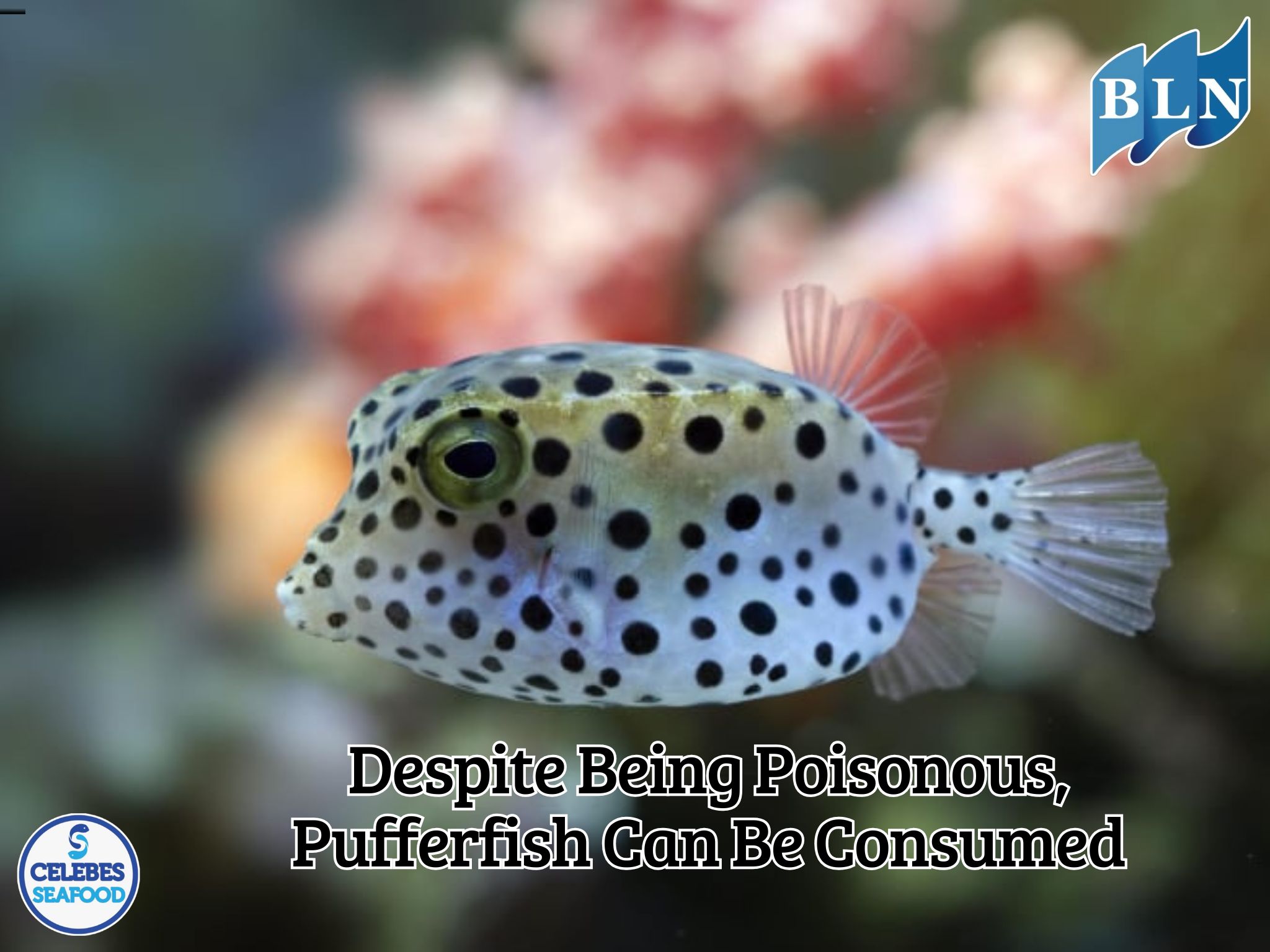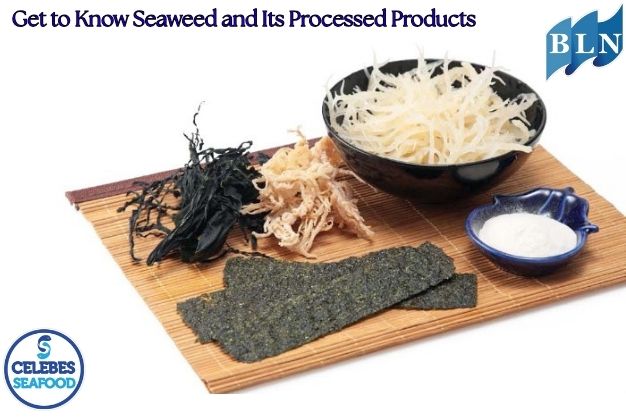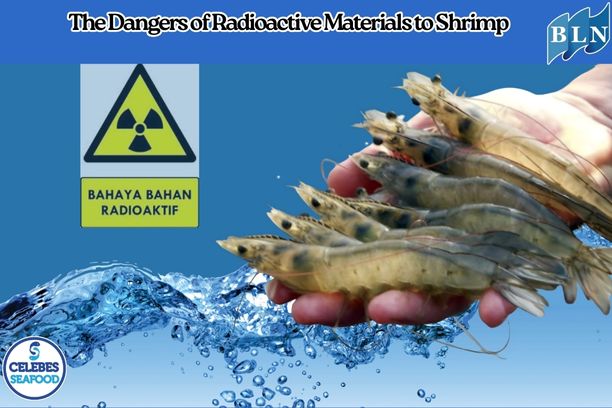Despite Being Poisonous, Pufferfish Can Be Consumed
By. Tri - 30 Jul 2025
lautnusantra.com One type of fish that is actually deadly is the pufferfish. Although it's the second most lethal animal, this fish, also known as fugu, is often served in Japanese restaurants.
Why Is Pufferfish Deadly?
Eating pufferfish can be life-threatening due to its toxins, namely tetrodotoxin (TTX) and saxitoxin (STX). Both of these toxins attack the central nervous system.
According to the Encyclopedia of Toxicology (2014), these two toxins bind to sodium channels in nerves and muscles, disrupting nerve signals. This nerve disruption causes muscle weakening, affecting not only limb muscles but also muscles in other organs.
Furthermore, consuming pufferfish can lead to life-threatening dangers. Despite its toxicity, there are special preparation methods that make it safe to eat.
Degrees of Pufferfish Poisoning
Before understanding how to safely prepare pufferfish, you need to know the signs of pufferfish poisoning.
Poisonous fugu does not immediately cause paralysis or death. The body will experience several phases, divided into different degrees of severity. The higher the toxin level, the higher the degree of poisoning.
Symptoms of fugu poisoning can appear anywhere from 20 minutes to 2 hours after consumption.
Here are the different degrees of pufferfish poisoning:
1. Degree 1
Symptoms include:
-
Numbness, tingling, stabbing pain, and a burning sensation in the mouth and lips, spreading to the hands and feet.
-
Symptoms of digestive issues.
2. Degree 2
At Degree 2, you will experience the following conditions after consuming fugu:
-
Numbness in the face and other body areas.
-
Signs of early paralysis.
-
Impaired body movement.
-
Difficulty speaking and slurred speech, but body reflexes are still normal.
3. Degree 3
Here are some symptoms of fugu poisoning at Degree 3:
-
Muscles further weaken and are unable to contract without clear reason.
-
Respiratory failure.
-
Inability to speak due to laryngeal nerve disorder.
-
Pupils dilate, and the patient remains conscious.
4. Degree 4
This condition represents the most severe pufferfish poisoning. Here are the symptoms to watch out for:
-
Severe respiratory failure.
-
Lack of oxygen.
-
Low blood pressure.
-
Low resting heart rate (bradycardia).
-
Irregular heartbeat.
-
Loss of consciousness, leading to death.
Both types of fugu toxins are found in the liver, intestines, skin, and reproductive organs. Therefore, the only way to remove the toxins is by carefully discarding these parts.
The detoxification process can only be performed by highly skilled chefs who have passed various tests. Additionally, these chefs must be licensed to prepare this poisonous pufferfish, meaning you can only enjoy it at specialized Japanese restaurants.
This implies that you cannot buy fugu indiscriminately and cook it at home. If you insist on preparing it at home, heating will not eliminate these deadly toxins. Furthermore, if you store it in the freezer and thaw it before cooking, the toxins can transfer into the fish meat.
What Are the Nutritional Contents and Benefits of Pufferfish?
Once properly prepared and safe for consumption, eating pufferfish offers good health benefits. These benefits come from its nutritional content. What are they?
1. Protein
Pufferfish muscle is an abundant source of protein. Protein intake is essential for the body to function optimally.
So, why does the body need protein? Here's why:
-
Builds bones, muscles, skin, and hair.
-
Repairs damaged tissues.
-
Maintains the production of digestive enzymes to aid in food digestion.
-
Regulates hormone function.
-
Provides hemoglobin to red blood cells so they can carry oxygen and nutrients throughout the body.
-
Reduces hunger and increases feelings of fullness.
2. Leucine
Pufferfish is also rich in leucine, a type of amino acid. Amino acids are the building blocks of protein. Therefore, some of its functions are similar to protein, such as building and repairing muscles.
Sufficient leucine intake also helps reduce the risk of muscle atrophy in the elderly. Not only that, leucine helps control blood sugar levels. In this regard, leucine works by helping to absorb glucose into muscle cells and making the body respond better to insulin.
3. Fatty Acids
The most abundant fatty acid found in fugu is butyric acid. Butyric acid is typically produced by the body after digesting fiber and resistant starch.
Butyric acid provides energy for the cells in the large intestine. Research published in Neuroscience Letters (2017) even states that butyric acid can provide up to 70% of the large intestine's total energy needs.
If energy is sufficient, the large intestine can function optimally, such as:
-
Absorbing water and electrolyte minerals.
-
Producing and absorbing vitamins.
-
Collecting and expelling feces.
Fugu is essentially a fish that poses a danger to humans. Its toxins can cause organ failure and even death. This fish can only be consumed if prepared correctly. Not just anyone can cook it; only chefs with special certification are permitted. Therefore, you cannot cook it yourself at home and can only enjoy it at specialized Japanese restaurants.
If you are interested in our Coral Trout Fillet Skin On, CORAL TROUT WGG WHOLE GILLED GUTTED, BARRAMUNDI COD WOLE GILLED GITTED / WHOLE ROUND please do not hesitate to contact us through email and/or whatsapp.





 in Ball Shape (Balltype) for Export.jpg)
.jpg)

